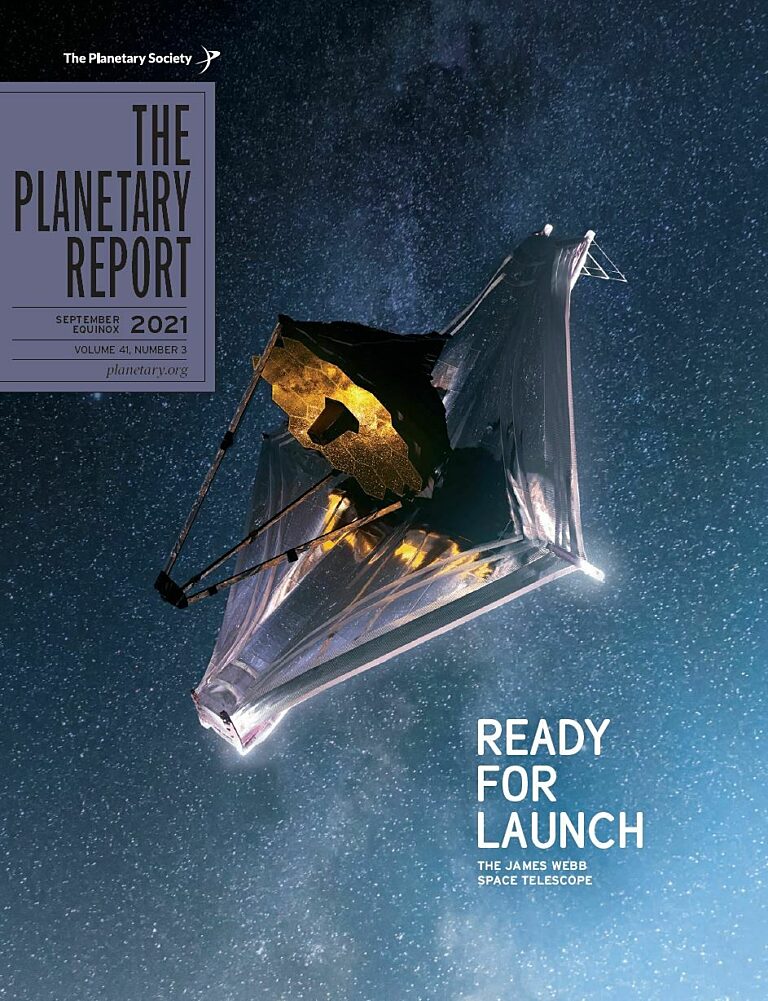The James Webb Space Telescope is almost ready for launch
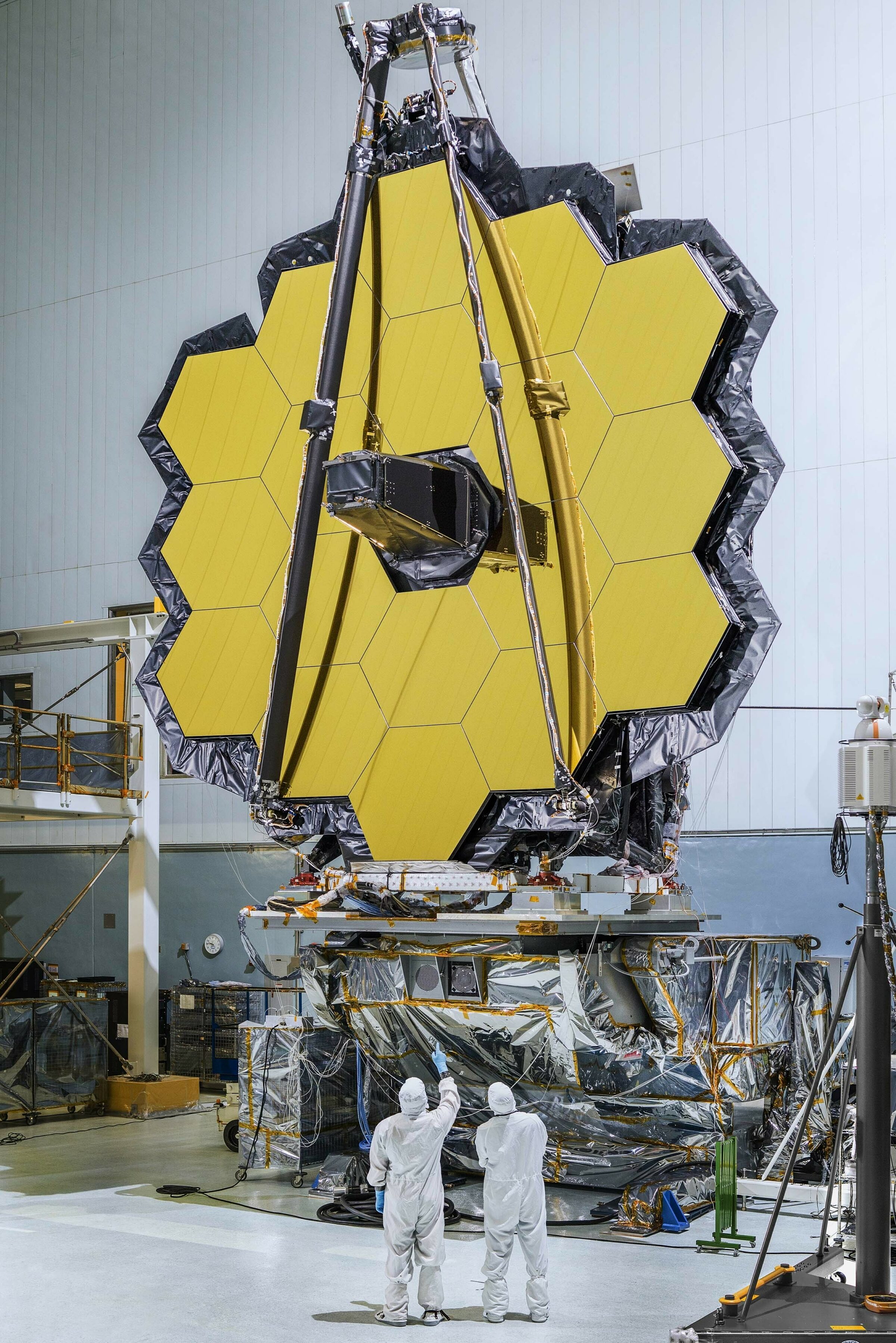
A space telescope three decades in the making is almost ready for launch. Scheduled to blast off later this year, the much anticipated James Webb Space Telescope is the largest, most powerful, most complex and most expensive space telescope ever built. As the revolutionary successor to the Hubble Space Telescope, Webb will reveal the universe’s first stars and galaxies, zoom in on objects in our own solar system and examine exoplanet atmospheres for signs of life.
Named for NASA’s second administrator, James Webb, the telescope is an international collaboration between the United States, European and Canadian space agencies. It features groundbreaking technology, including an enormous folding sunshade, a segmented mirror 6.5 meters (21 feet) wide and four science instruments to collect data that may fundamentally change our understanding of our universe.
“The discovery capability of Webb is limited only by our own imaginations,” says Eric Smith, a Webb program scientist at NASA headquarters. “Scientists around the world will soon be using this general-purpose observatory to take us places we’ve only dreamed of going before.”
Webb’s innovations have also brought delays and ballooning budgets. As originally conceived in the 1990s, Webb was supposed to cost $500 million and launch in 2007. Over the years, progress slowed for redesigns, the fixing of various flaws, and testing — exacerbated over the past year and a half by the COVID-19 pandemic. The telescope’s development cost has reached $8.8 billion, and it is prepped for liftoff atop an Ariane 5 rocket that will blast off from the European Space Agency’s launch site in Kourou, French Guiana.
“It’s been a long haul,” says Heidi Hammel, an interdisciplinary scientist for the project and the vice president of The Planetary Society’s board of directors. “I started working on this project 20 years ago before my youngest son was born, and now he is halfway through college. But now we are so close, and I’m very excited about all the things Webb will be able to do.”
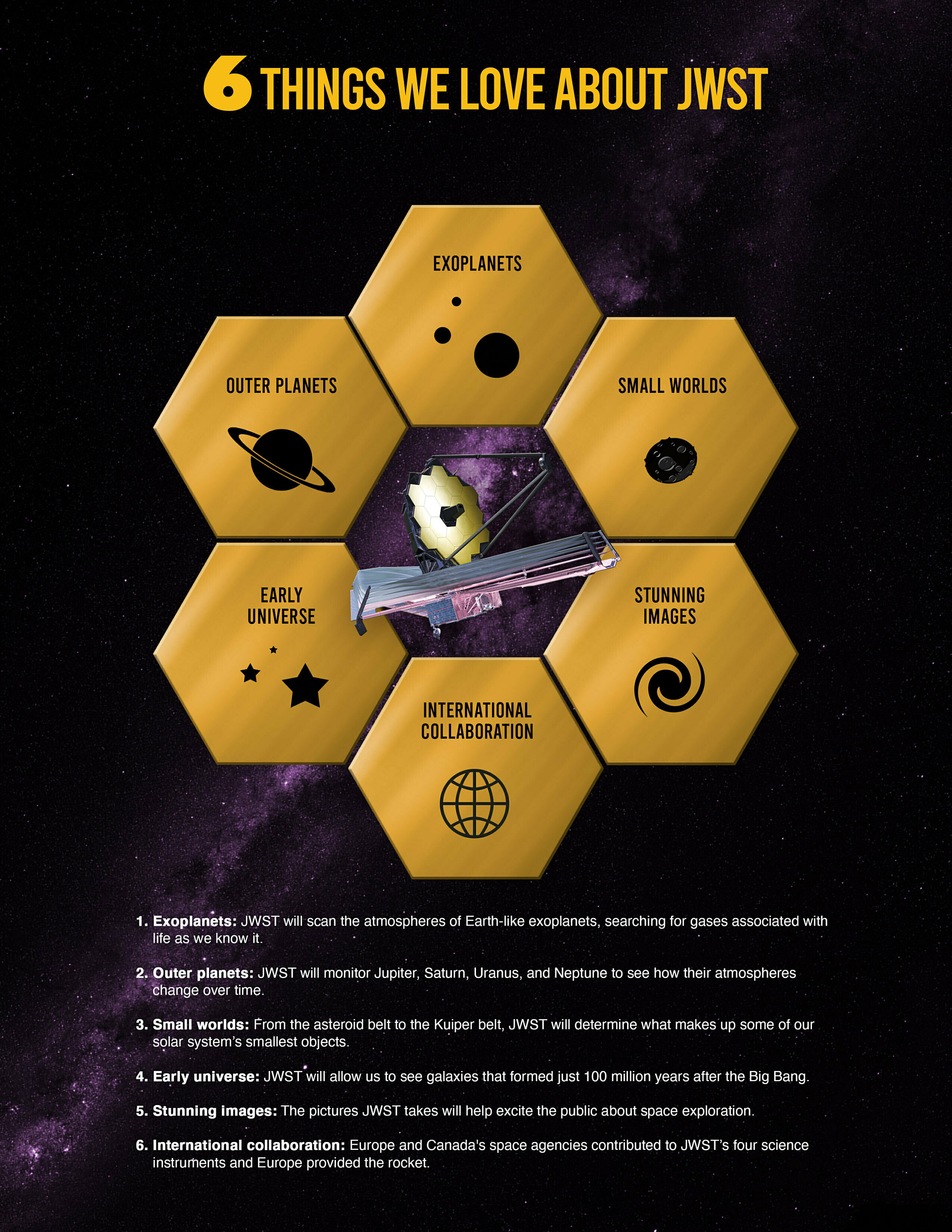
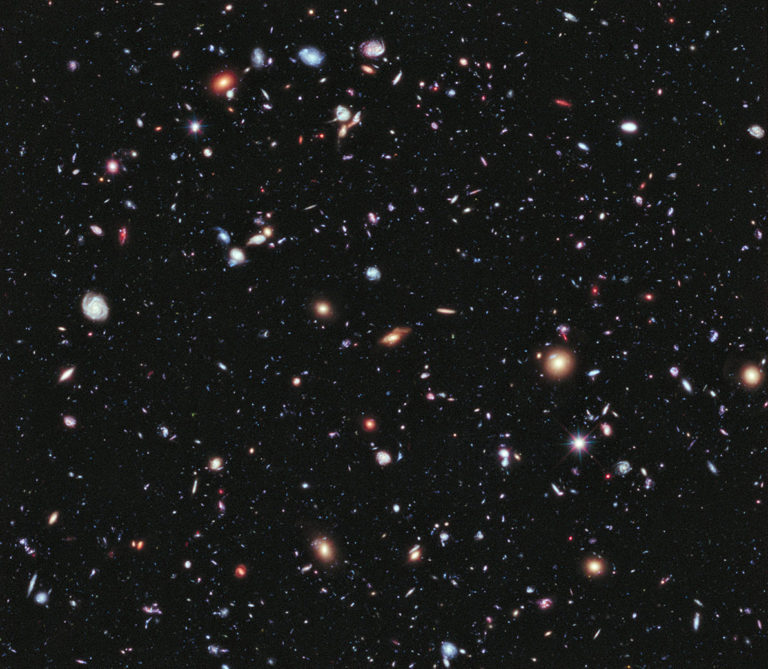
Seeing the first stars and galaxies
For 10 days in 1995, the Hubble Space Telescope squinted at an ordinary blank spot of space, seemingly devoid of objects. The result, known as the Hubble Deep Field, resembled a jewel box filled with galaxies of all shapes, sizes and colors.
While these galaxies were among the youngest and most distant ever seen, they were not, as astronomers had hoped, the first galaxies to form after the Big Bang. Not even subsequent deeper-field Hubble images could pick them out.
As the universe expands and the older and most distant galaxies speed away from us, their light gets redshifted farther into the infrared, making them dimmer and harder to see, says Massimo Stiavelli, head of the Webb telescope mission office at the Space Telescope Science Institute in Baltimore, Maryland.
“We realized there was a whole universe of light, so to speak, becoming invisible to Hubble because of cosmological redshifting,” Stiavelli says. “We would need a new infrared telescope with a larger mirror to see it.”
The answer became Webb. Whereas the youngest galaxy Hubble has ever seen was 400 million years old, Webb will be able to see galaxies that are just 250 million years old.
Since the chemical elements of life were produced in those first generations of galaxies, we owe our very existence to them. Webb will help scientists understand how and when the first stars turned on as well as where the very atoms that make up our bodies came from, answering some of the most important and fundamental questions ever posed.
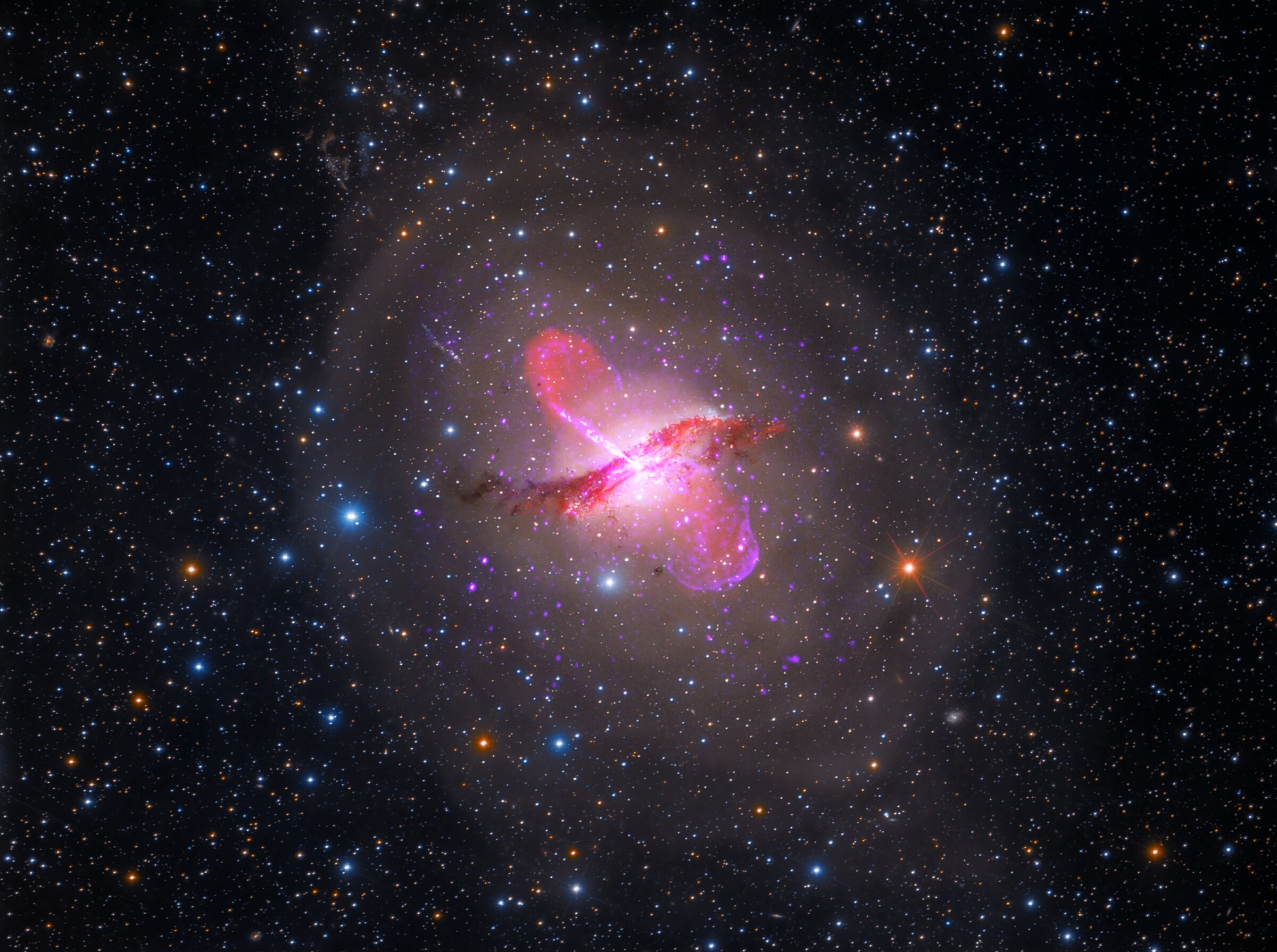

The two miracles
It’s one thing to realize you need a large, infrared telescope to peer back into the early universe. Building it is another matter.
Webb required major advances in 10 major technologies, including optics, detectors and thermal control systems. The biggest challenge was developing the telescope’s mirror and sunshield, which Stiavelli calls “the two miracles.”
With a diameter of 6.5 meters (21 feet), Webb’s mirror is more than 2 ½ times wider than Hubble’s, yet it is still light enough and small enough to launch on a rocket. After 12 different design contracts, engineers settled on a lightweight beryllium mirror divided into 18 hexagonal segments arranged like a honeycomb. Three segments on each side fold back for launch so the entire mirror can fit inside the Ariane 5’s payload fairing.
Webb’s infrared detectors must be very cold to pick up the faint infrared signatures of distant cosmic objects. Stray heat from either the telescope itself or the Sun, Earth and the Moon could overwhelm its sensitive instruments and throw off the telescope’s precisely aligned optics.
To stay cool, Webb will deploy a tennis-court-sized, five-layer sunshield made of heat-resistant Kapton. This will keep the telescope chilled to -233 degrees Celsius (-388 degrees Fahrenheit). For launch, the sunshade folds and rolls into a tight bundle but relies on a multistep, multiday process for unfolding in space. Its design has caused the Webb team considerable consternation over the years.
But even the sunshield isn’t enough to stay cool. Webb will travel 1.5 million kilometers (932,000 miles) away from Earth to a special spot in space called the second Lagrangian point, or L2, where the Sun and Earth’s gravity balance in a way that allows Webb to permanently keep the Sun, Earth and the Moon at its back while it looks outward at the cosmos.
The fact that Webb will be so far from Earth means it cannot be serviced like the Hubble Space Telescope, which had initial mirror problems and received several upgrades and fixes over the years.
“With a complex telescope like Webb, there are myriad ways that things could go wrong,” says Hammel, noting that over the past 20 years — and especially over the past five years — Webb’s team has tested and retested the telescope in every way imaginable: shaking it, cycling it through heat and cold and putting it inside vacuum chambers.
“That’s been part of the cost of this expensive mission — making sure we’ve done everything we can to ensure success,” she says.
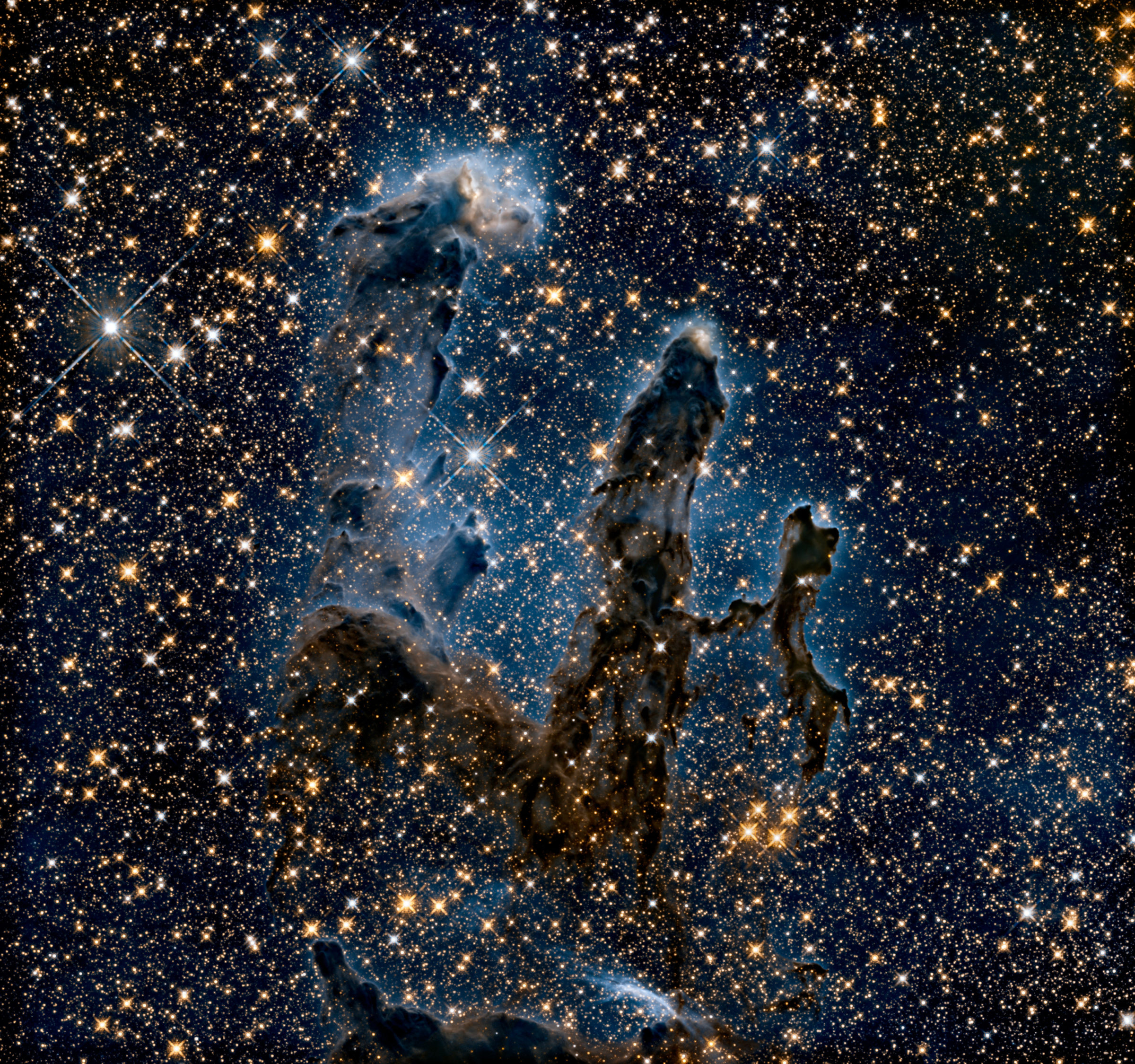
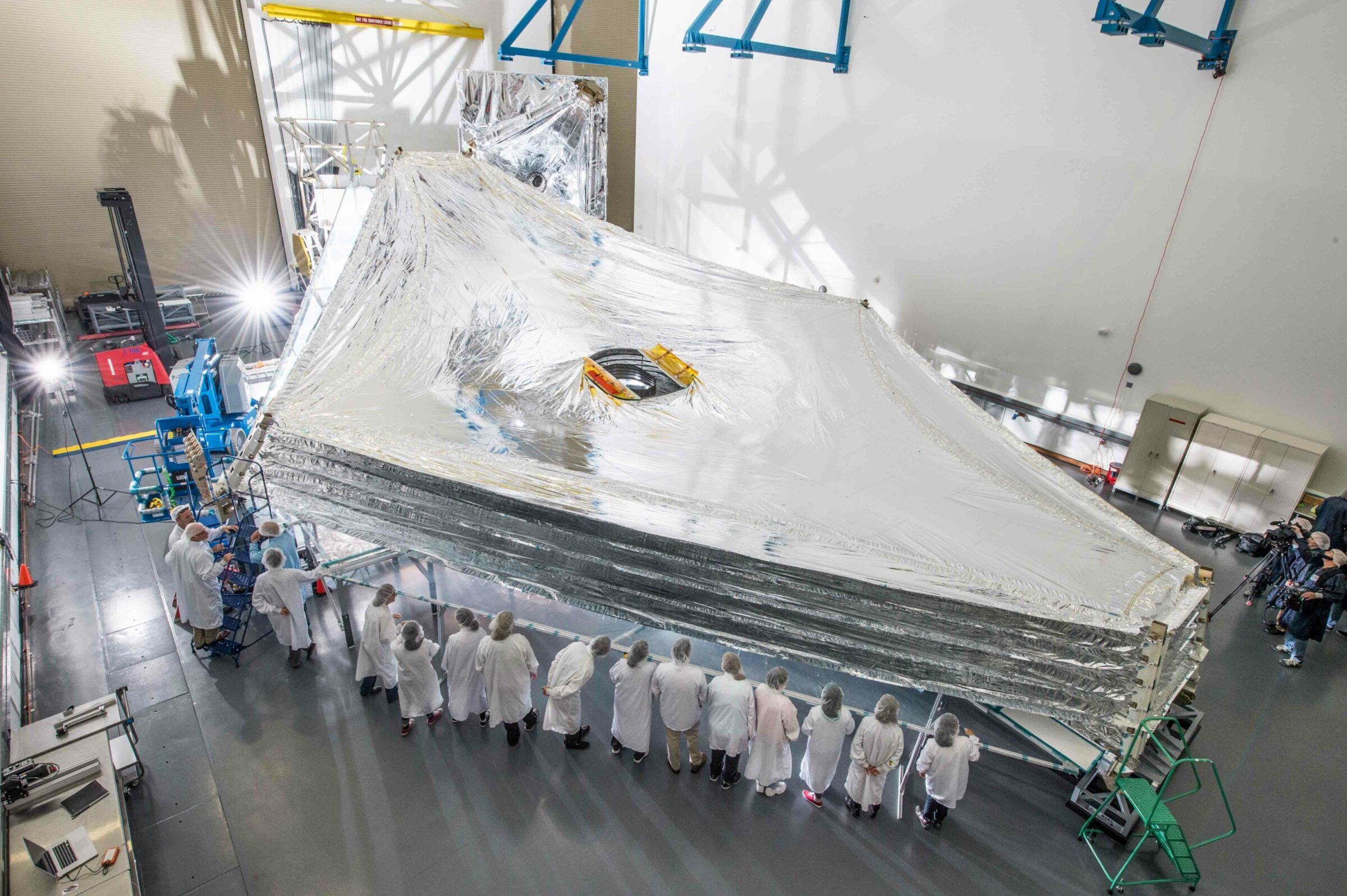
Planetary science
Webb is armed with four science instruments to process the light captured by its gold-coated mirrors. They are optimized for infrared light but can also see a slice of the visible spectrum that includes red, orange and gold.
The science instruments can be used separately or combined by investigators who want to study a variety of objects, such as black holes, dark matter, gamma-ray bursts, gravitational waves, large-scale structures in the universe and even how liquid water is transported through space. In particular, Webb’s infrared capabilities will allow it to peer through clouds of dust and gas to see stars and planets being formed.
Hammel is one of several scientists scheduled to use the telescope in its first year of operations, and she’ll use it to look at objects in our own solar system. Given Webb’s location and the fact that it can’t point toward the Sun, it won’t be able to look at the planets in the inner solar system. It can be used with caution to study Mars, the asteroid belt, Jupiter and Saturn, but its strength lies in looking farther out.
“Webb looks like it was perfectly designed to look at objects in the outer solar system, especially Uranus, Neptune and Kuiper belt objects,” Hammel says. “It has the right sensitivity and exact fields of view with the different instruments.”
When Webb was initially being designed, scientists had only found a few exoplanets — planets that orbit other stars. Today, there are more than 4,000, and one of Webb’s major focuses will be to study the atmospheres of these distant worlds.
“With Webb, we can begin studying more systematically the chemical properties of the atmospheres of exoplanets,” said Stiavelli. This includes looking for signatures of water, carbon dioxide and even methane, all of which could point to the possibility of life.
Webb carries several coronagraphs, which block the light from bright stars to reveal orbiting exoplanets. These worlds will only show up as mere points of light, but scientists will be able to analyze them to reveal a great deal of information, including color, rotation rates, seasons, weather and even the possible existence of plant life.
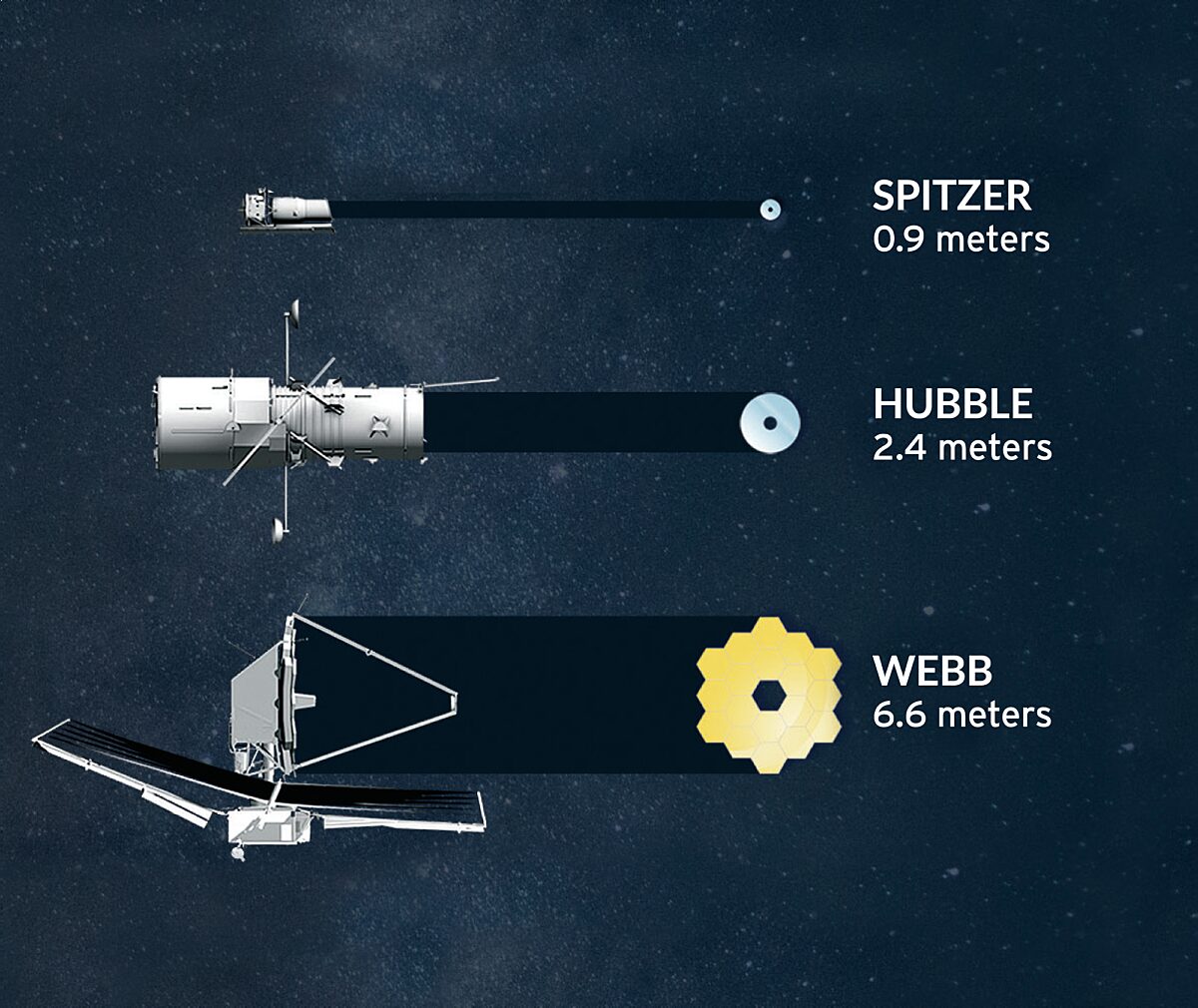
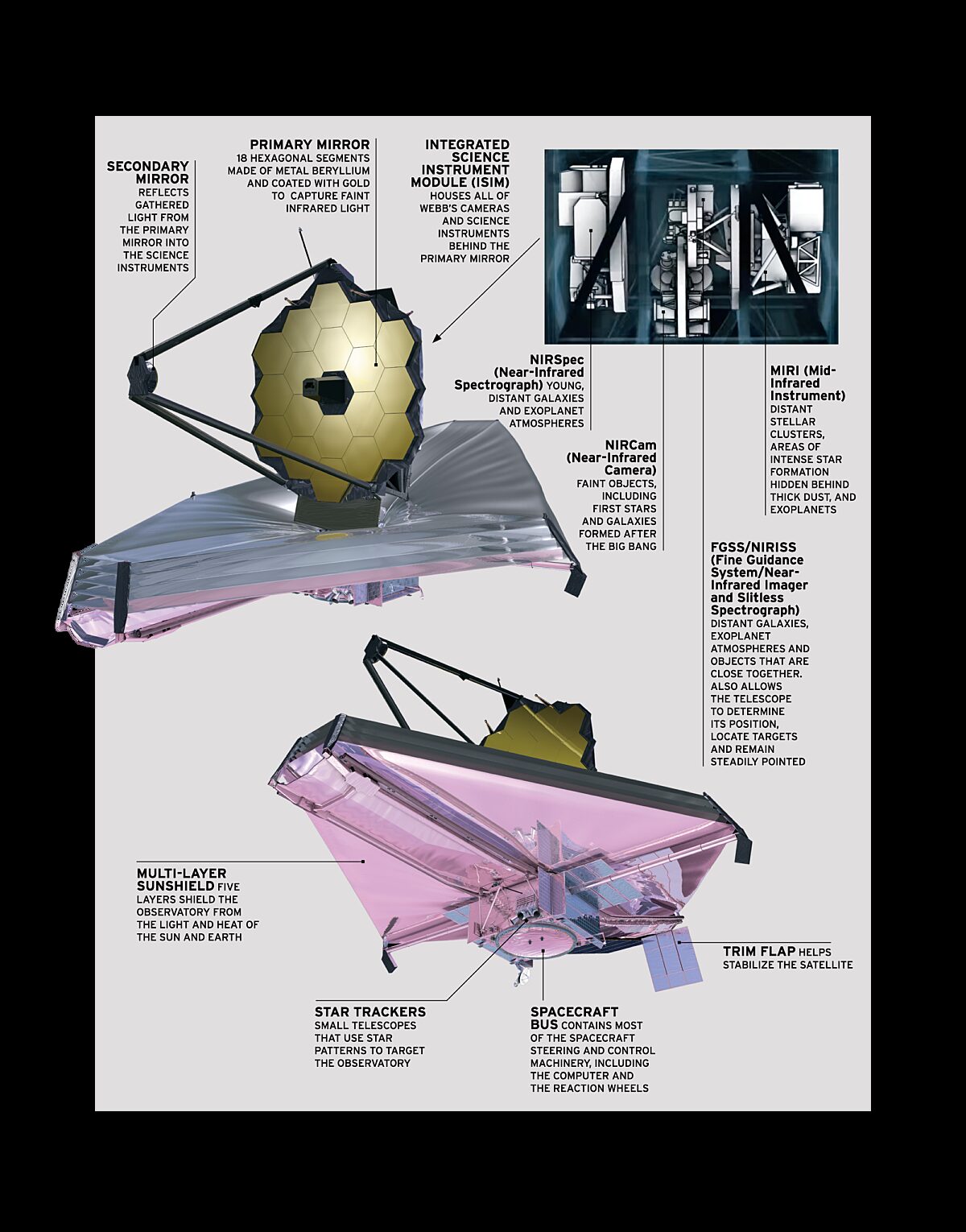
Eliminating bias
There is no shortage of scientists lining up to use the James Webb Space Telescope. Allocating time on the observatory falls to the Space Telescope Science Institute. STScI has operated the Hubble Space Telescope for decades and will apply that experience to Webb, overseeing flight operations, providing software for scientists to plan observations and to analyze their data and hosting all the data for future archival study.
In planning for observations, STScI organizes the selection process of reviewing and choosing proposals from scientists around the world. In recent years, some researchers noticed that certain biases had crept into the review and selection processes.
“The most obvious was consistent gender bias, where women were getting less observing time than men,” says Neill Reid, head of the STScI science mission office. “Also, the proposals from younger investigators and people from smaller institutions were being chosen much less often than those from more established researchers coming from more well-known institutions.”
Reid says the data showed that a reviewer’s attitude toward a submission could be affected even unconsciously by knowing the identity of the lead author or principal investigator. Proposals were being chosen based on the merit of the person submitting the proposal, not on the merit of the proposal itself.
Over the past few years, Reid has worked with social scientists to institute a dual-anonymous peer-review process for both Hubble and Webb proposals. Under this system, neither proposers nor reviewers know each other’s identity until after the proposals have been evaluated.
“The result is that we are now not only closer in the male-female ratio but we have many more proposals chosen from first-time principal investigators and more junior scientists in general for both Hubble and JWST,” Reid says. The new process has worked so well that NASA has now instructed all other similar missions to use this same technique in their selection processes.
Six months of terror
After Webb launches, it will take roughly 180 days for the telescope to travel to its new home in space, unfold its sunshield and mirror, deploy its solar arrays, position its antenna and run through a long list of commissioning tasks before the science starts.
In homage to trepidation felt by Mars rover landing teams, Webb’s team has referred to this process as “six months of terror.”
For Stiavelli, launch day will be nerve-racking as he watches his life’s work blast into space atop what’s essentially a controlled explosion. But what really keeps him up at night is thinking about the thruster burns Webb must execute to arrive safely at L2.
Hammel says her most terrifying moment will be the deployment of Webb’s secondary mirror.
“If the sunshield doesn’t fully deploy, it will really wreck our midinfrared observations, but maybe we can still do near-infrared. If the mirror doesn’t fully open and you only have the center section, you lose sensitivity, but it could still function,” she says. “However, if the secondary mirror doesn’t deploy, you have no light through the telescope, and the mission is over. To me, that will be the most frightening moment.”
But the anticipation of seeing Webb’s first images and data supersedes all the fears and years of waiting. Webb scientists have been simulating and imagining what the data will look like for years. Receiving the real thing will be monumental, and they can’t wait to share them with the world.
Support our core enterprises
Your support powers our mission to explore worlds, find life, and defend Earth. You make all the difference when you make a gift. Give today!
DonateThe Planetary Report • September Equinox
Help advance space science and exploration! Become a member of The Planetary Society and you'll receive the full PDF and print versions of The Planetary Report.


 Explore Worlds
Explore Worlds Find Life
Find Life Defend Earth
Defend Earth


